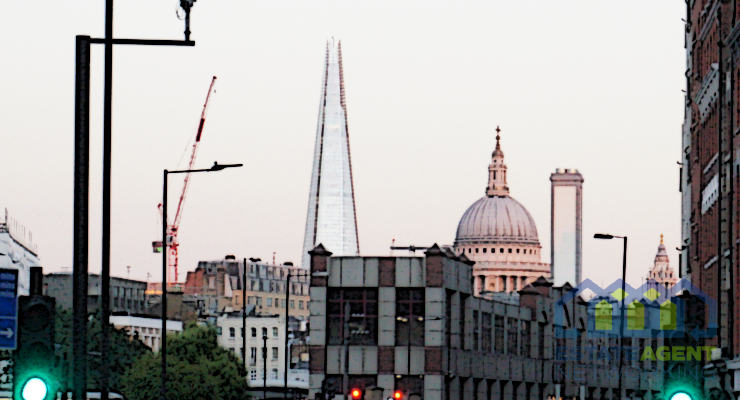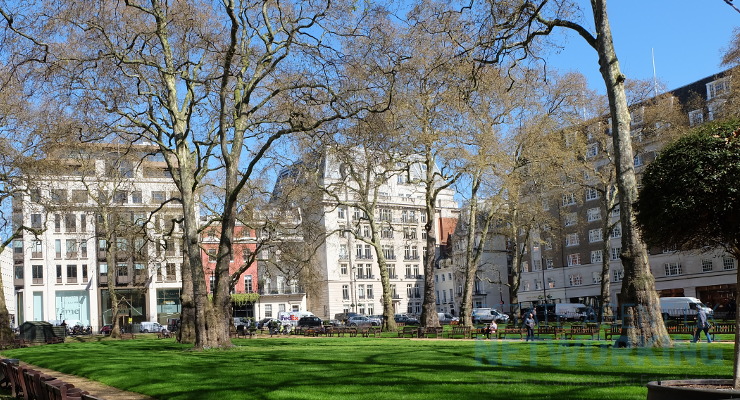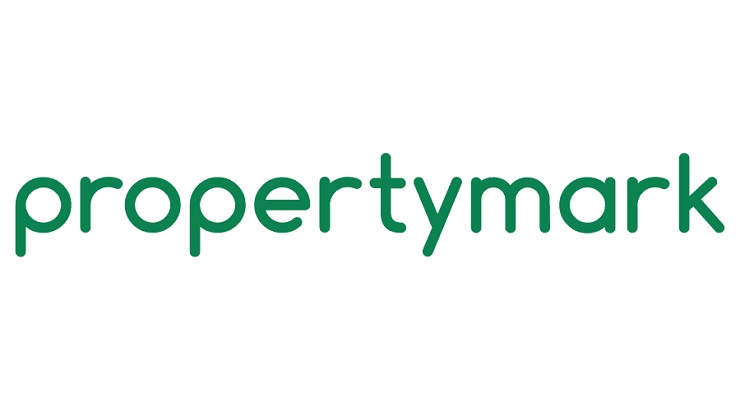London asking rents hit record high with highest annual rate of 8.2%
- -London’s average asking rents have increased by 8.2% in the last year, with the average rental property in the capital now averaging a record £2,093 per month
- The 8.2% increase is the highest annual rise in London since Rightmove began reporting this data back in 2012, while average asking rents in London are up 2.9% on last quarter alone
- -Demand outstripping supply with the number of available rental properties in the capital down by 33% compared with two years ago, while available rental stock has dropped 13% for the rest of Great Britain
- -The upcoming Tenant Fees Act will cap rental deposits to five weeks of rent in England, making the cheapest deposit in the North East at £630 and the most expensive in London at £2,415
Average asking rents in London are at an all-time high of £2,093 per month after a record year-on-year price increase, new Rightmove data shows.
The year following April 2016 saw a big increase in rental properties come to the market, but these have now dwindled over the past two years. Available rental properties are down 33% in London and down 13% outside London since the start of 2017. After a few years of slowing and dropping rents in the capital, asking rents in London are now climbing rapidly again, up 8.2% on Q1 last year, the highest annual rate since Rightmove began recording these figures back in 2012. This is the second consecutive quarter that average asking rents in the capital have hit a record high.
Rightmove’s Commercial Director and Housing Market Analyst Miles Shipside comments: “There was a temporary slowing and drop in rents in London when the second home stamp duty tax came in back in 2016 as so many investors bought properties before this came in, leading to a huge increase in rental choice. But the lack of new stock since that time has led to rents increasing again, and London renters are now faced with rents that are over 8% higher than this time last year. Outside London, the pattern is not as extreme, but there is still a significant drop in fresh choice.”
Outside London, the North East is the only region to have seen a drop in rents over the past 12 months (-0.3%). Away from the capital, Scotland (up 6.7%) has witnessed the biggest year-on-year rise in asking rents. But it’s the South East which has the highest average asking rents outside of London, with the average rental home being £1,054 per month.
Shipside adds: “Suffice to say the government’s introduction of higher stamp duty on second homes purchases back in 2016 combined with other tax increases has resulted in an ongoing trend of decreasing activity from investors in the buy-to-let market. Consequently, we’re seeing the initial price drops being replaced by rapid price growth in some areas.”
The ban on tenant fees comes into force in England on 1st June this year, with the Tenant Fees Act 2019 summarising the government’s mandate on banning letting fees paid by tenants in the private rental sector and capping tenancy deposits.
Based on a five-week deposit cap, Rightmove has calculated that the cheapest deposits outside of London will be in the North East, at £630 per property on average. The most expensive will be in London at £2,415 per property. In London the cheapest deposit will be in Rainham (£1,216), with the most expensive in Kensington (£4,065).
Shipside concludes: “The upcoming tenant fee ban should spell some good news for tenants and it may lead to more people being able to move more often if they want to, thanks to the reduction in the cost of moving. It remains to be seen if the ban will be passed on in other ways such as increasing rents and tenants will still need to find a pretty hefty rental deposit in many areas. What we really need now is more fresh stock for the rental market so that rents don’t continue to rise at the current rate we’re seeing, so perhaps it’s a good time for some investors to consider buying up properties to let out as the tenant demand is definitely there.”
Agent’s view
Richard Davies, Head of Lettings at Chestertons, says: “The government’s decision to taper and ultimately remove tax relief on finance-related costs has had a huge impact on the lettings market and has resulted in a massive decline in the number of new lettings properties coming to the market. This decline has been most noticeable over the past six months as landlords take action before the full impact of the tax changes come into play next year. Chestertons’ own figures back-up Rightmove’s findings, with the number of available rental properties down in the majority of our branches and rents starting to rise again as a result of the supply and demand imbalance. The area where this imbalance is most pronounced is South West London, where not only are the number of available rental properties down by 30% compared to this time last year, but the number of tenants have increased by a massive 48%, pushing rents up by around 9%.”









